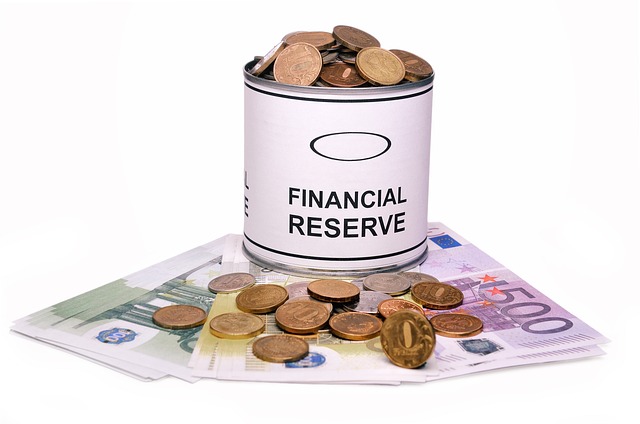The Swiss Franc: A Paragon of Currency Stability and Exchange Rate Dynamics

The Swiss Franc (CHF), often referred to as the “currency of stability,” is one of the world’s most respected and resilient currencies. Renowned for its reliability, the Swiss Franc has long been a safe haven for investors during times of economic uncertainty. This article delves into the factors that contribute to the Swiss Franc’s stability, its historical performance, and the dynamics of its exchange rates in the global financial market.
1. The Swiss Franc: A Symbol of Stability
The Swiss Franc’s reputation as a stable currency is deeply rooted in Switzerland’s political, economic, and financial systems. Switzerland is known for its neutrality, strong rule of law, and robust banking sector, which collectively foster an environment of trust and reliability. These factors have made the Swiss Franc a preferred choice for investors seeking to preserve wealth during periods of global economic turmoil.
1.1. Switzerland’s Political Neutrality
Switzerland’s long-standing policy of political neutrality has shielded it from the geopolitical tensions that often destabilize other nations. This neutrality has allowed the country to maintain a consistent and predictable economic environment, which is reflected in the strength of its currency.
1.2. A Strong and Diversified Economy
Switzerland boasts a highly diversified and innovative economy, with key sectors including pharmaceuticals, machinery, finance, and luxury goods. The country’s low unemployment rate, high GDP per capita, and strong export industry contribute to the Swiss Franc’s stability.
1.3. The Role of the Swiss National Bank (SNB)
The Swiss National Bank (SNB) plays a crucial role in maintaining the stability of the Swiss Franc. The SNB employs a combination of monetary policy tools, including interest rate adjustments and foreign exchange interventions, to manage inflation and prevent excessive currency appreciation. The bank’s proactive approach has been instrumental in safeguarding the Franc’s value.
2. Historical Performance of the Swiss Franc
The Swiss Franc has consistently demonstrated resilience in the face of global economic crises. For instance, during the 2008 financial crisis and the subsequent European debt crisis, the Swiss Franc appreciated significantly as investors sought safety. Similarly, during the COVID-19 pandemic, the Franc once again proved its status as a safe-haven currency.
2.1. The Eurozone Crisis and the Franc’s Appreciation
During the Eurozone debt crisis, the Swiss Franc experienced a sharp appreciation against the Euro. This posed challenges for Swiss exporters, as a stronger Franc made their goods more expensive in international markets. In response, the SNB implemented measures such as setting a cap on the Franc’s value relative to the Euro and engaging in large-scale currency interventions.
2.2. The Removal of the Euro Cap
In January 2015, the SNB shocked global markets by removing the cap on the Franc’s value against the Euro. This decision led to a sudden and dramatic appreciation of the Franc, causing significant volatility in currency markets. While the move was controversial, it underscored the SNB’s commitment to maintaining long-term currency stability.
3. Exchange Rate Dynamics of the Swiss Franc
The exchange rate of the Swiss Franc is influenced by a variety of factors, including global economic conditions, interest rate differentials, and investor sentiment. Understanding these dynamics is essential for traders, investors, and policymakers.
3.1. Safe-Haven Demand
The Swiss Franc’s status as a safe-haven currency means that it tends to appreciate during periods of global uncertainty. Events such as geopolitical conflicts, economic recessions, and financial market volatility often lead to increased demand for the Franc, driving up its value.
3.2. Interest Rate Differentials
Interest rates play a significant role in determining exchange rates. When the SNB maintains low interest rates, as it has in recent years, the Franc may experience downward pressure relative to currencies with higher interest rates. However, the Franc’s safe-haven status often outweighs the impact of interest rate differentials.
3.3. Currency Interventions
The SNB has a history of intervening in foreign exchange markets to prevent excessive appreciation of the Franc. These interventions typically involve purchasing foreign currencies, such as the Euro or the US Dollar, to increase the supply of Francs in the market and curb its value.
4. Challenges and Future Outlook
While the Swiss Franc’s stability is a source of pride for Switzerland, it also presents challenges. A strong Franc can make Swiss exports less competitive and put pressure on the country’s tourism industry. Additionally, the SNB’s interventions in currency markets have drawn criticism from some international observers.
Looking ahead, the Swiss Franc is likely to remain a key player in global financial markets. Its stability and safe-haven status will continue to attract investors, particularly in times of uncertainty. However, the SNB will need to carefully balance its monetary policy to address domestic economic concerns while maintaining the Franc’s global appeal.


